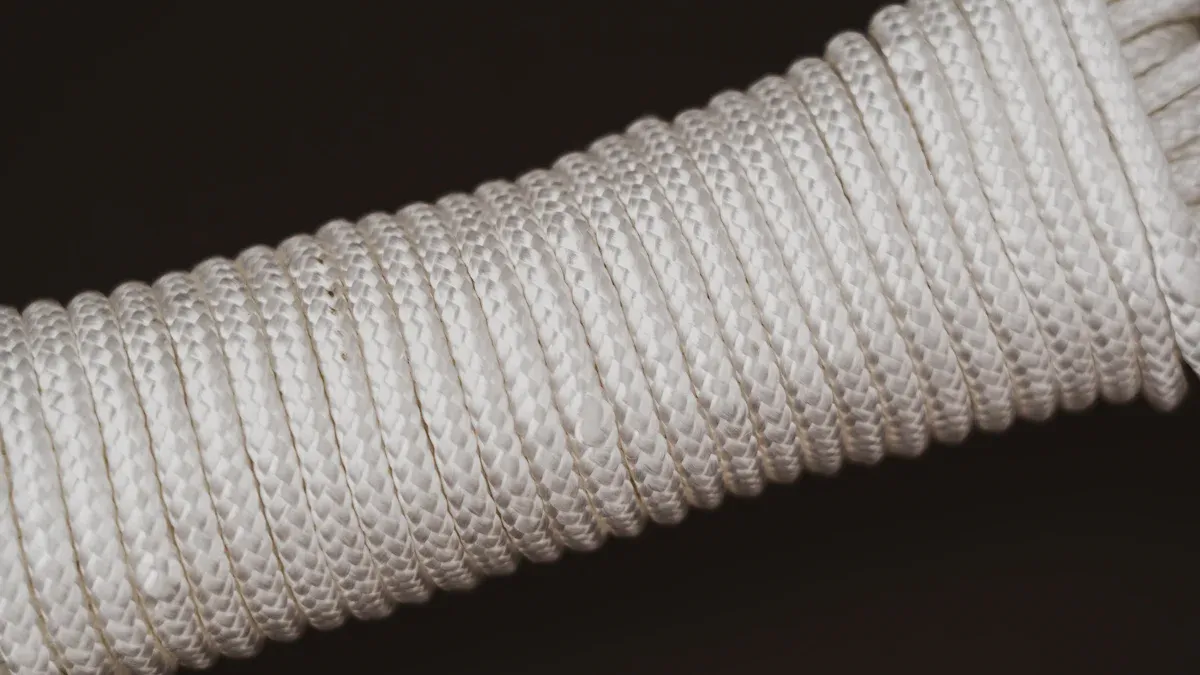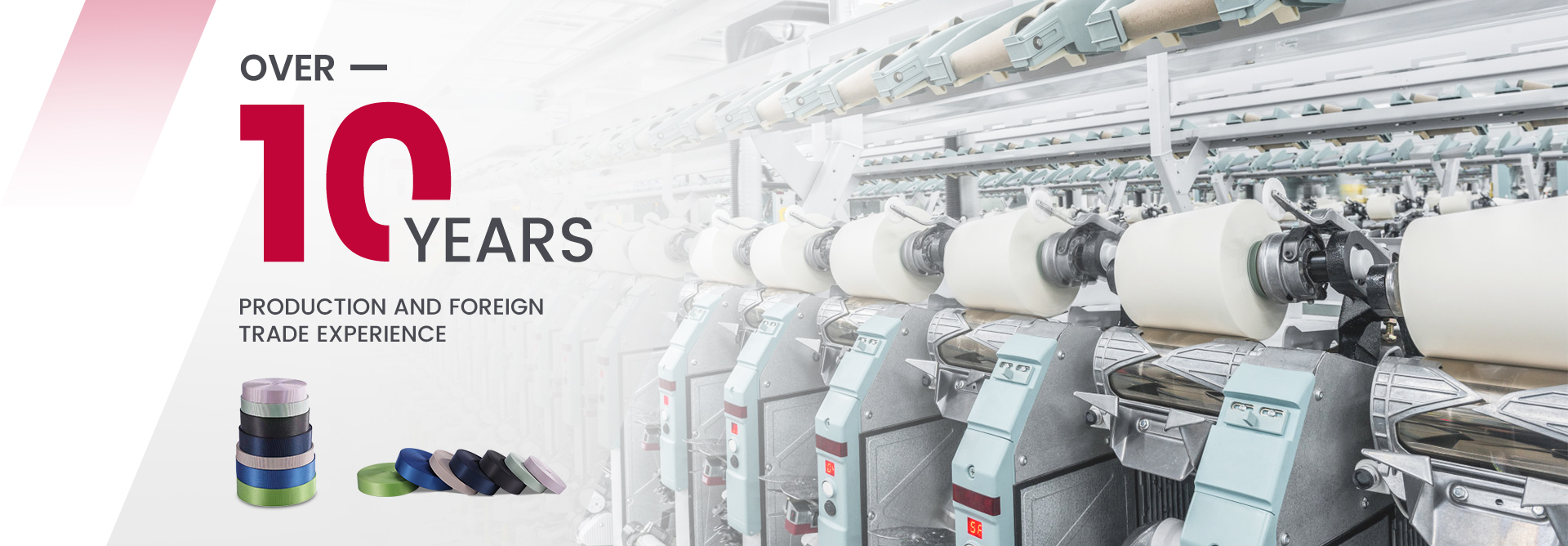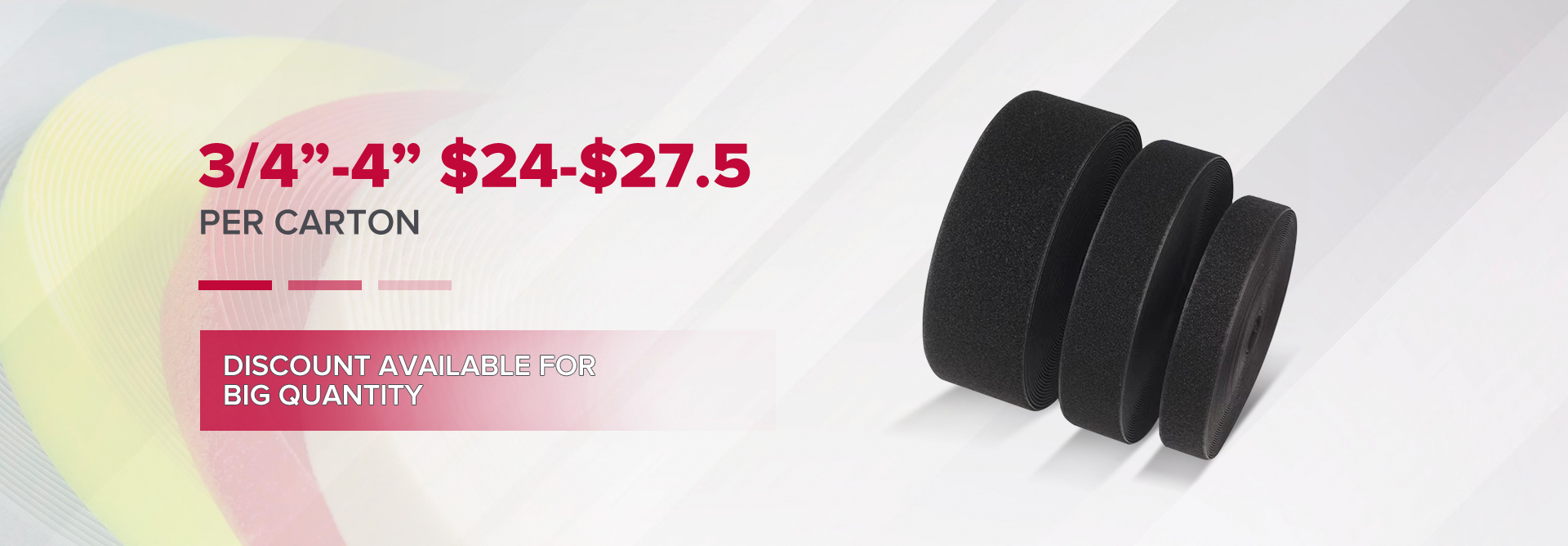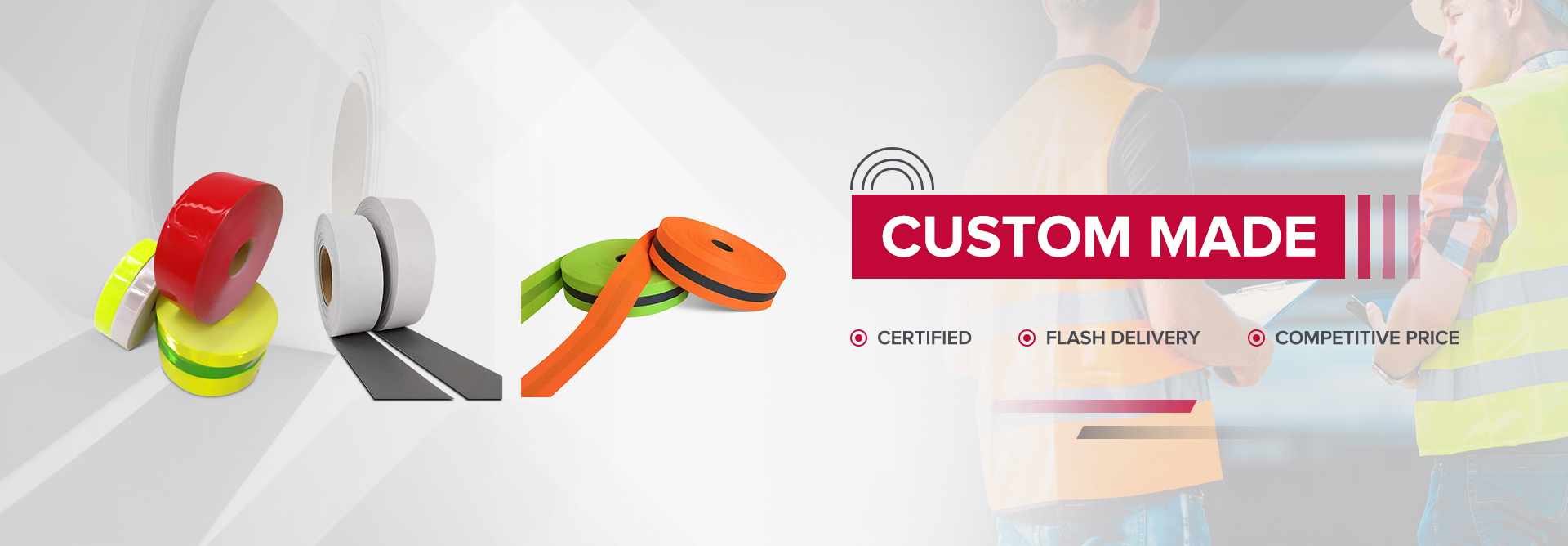
Width-specific nylon webbing cords significantly enhance product longevity. They deliver tailored strength, abrasion resistance, and structural integrity. This precise engineering prevents premature wear and failure. For example, 3-12mm Width High Tenacity Nylon Pants Rope Webbing Cords offer optimal support. They ensure durable goods perform reliably over time.
Key Takeaways
- Choosing the right width for nylon webbing makes products last longer. It helps distribute weight and resist wear.
- Nylon webbing is strong and resists rubbing. It also resists chemicals and rot, which helps products stay good for a long time.
- Many things affect how long products last. These include UV treatments, heat protection, and good manufacturing.
Understanding Nylon Webbing Cords: The Foundation of Durability

What is Nylon Webbing?
Nylon webbing is a strong, flat strip of fabric. Manufacturers weave it tightly from synthetic nylon fibers. People often compare its appearance to a seatbelt or a backpack strap. This material comes in many widths and thicknesses. Its woven structure gives it exceptional strength and resistance to stretching. Industries use nylon webbing for many purposes. It forms the backbone of countless durable products.
Why Nylon Excels in Longevity
Nylon stands out for its remarkable durability. Several key properties make it an excellent choice for long-lasting products.
- High Tensile Strength: Nylon can withstand significant pulling forces without breaking. This strength prevents early failure under stress.
- Abrasion Resistance: The material resists rubbing and scraping. This quality means it holds up well against wear and tear from friction.
- Elasticity and Recovery: Nylon has good elasticity. It can stretch and return to its original shape. This property helps absorb shocks and impacts.
- Chemical Resistance: Nylon resists many common chemicals, oils, and solvents. This protection helps it maintain integrity in harsh environments.
- Mildew and Rot Resistance: Unlike natural fibers, nylon does not easily rot or grow mildew. This feature makes it ideal for outdoor and damp conditions.
These combined characteristics ensure nylon webbing provides a robust and reliable foundation. It significantly extends the lifespan of products.
The Criticality of Width-Specific Design for Enhanced Product Life
Choosing the correct width for nylon webbing is not a minor detail. It forms a critical part of product design. This specific choice directly impacts how long a product lasts and how well it performs. Engineers carefully consider the width to meet exact product needs.
Tailored Strength and Load Distribution
Different product applications demand varying levels of strength. Width-specific webbing allows manufacturers to match the webbing’s strength precisely to the required load. Wider webbing distributes force over a larger area. This reduces stress on any single point. It prevents material fatigue and premature failure. For example, a wide strap on a heavy backpack spreads the weight across a user’s shoulders. This makes it more comfortable and durable. Conversely, narrower webbing concentrates force for specific, high-tension tasks. Engineers select widths based on the anticipated stress and strain a product will endure. This precision ensures the webbing provides optimal support without being over-engineered or under-engineered.
Optimized Abrasion and Edge Protection
Abrasion resistance is vital for product longevity. The width of nylon webbing significantly influences its ability to resist rubbing and scraping. Wider webbing offers a greater surface area to absorb friction. This means it wears down more slowly when it rubs against other surfaces or components. Specific widths also protect the edges of products from wear. For instance, a wider webbing might wrap around a sharp edge, shielding the product material from damage. This design choice extends the life of both the webbing and the product it supports. Different applications require different levels of edge protection, making width selection a key factor.
Enhanced Structural Integration and Fit
The correct webbing width ensures a perfect fit within a product’s overall design. A precise fit prevents the webbing from shifting, bunching, or creating unwanted gaps. This improves the product’s structural integrity. It also enhances user comfort and safety. Imagine a safety harness; its webbing must fit snugly to distribute impact forces correctly. If the webbing is too narrow, it might cut into the user or fail to hold its shape. If it is too wide, it might not fit through buckles or attachment points. Improper width leads to stress points and premature failure. For example, 3-12mm Width High Tenacity Nylon Pants Rope Webbing Cords are specifically designed to integrate seamlessly into clothing, providing support without bulk. This careful integration ensures the product functions as intended for a longer period.
Resistance to Environmental Factors
Nylon inherently resists many environmental factors. However, the webbing’s width plays a role in its performance under specific conditions. Wider webbing presents more surface area to elements like UV radiation. While this means more material is exposed, it also means degradation occurs more slowly across a larger volume. Narrower webbing might be more susceptible to localized damage from chemicals or extreme temperatures if not properly protected. The choice of width often considers how the webbing interacts with its environment and other components. For instance, a wider cord might be chosen for outdoor gear. It can better withstand prolonged exposure to sun and moisture, contributing to the product’s overall longevity.
Applications Where Width-Specific Webbing Excels in Longevity
Outdoor Gear and Sporting Equipment
Outdoor gear demands extreme durability. Width-specific nylon webbing ensures longevity in backpacks, tents, and climbing harnesses. Wider straps distribute heavy loads comfortably on shoulders. Narrower cords secure tent poles or adjust equipment precisely. This tailored approach prevents tearing and fraying. It helps gear withstand harsh weather and rugged use.
Post time: Nov-21-2025



